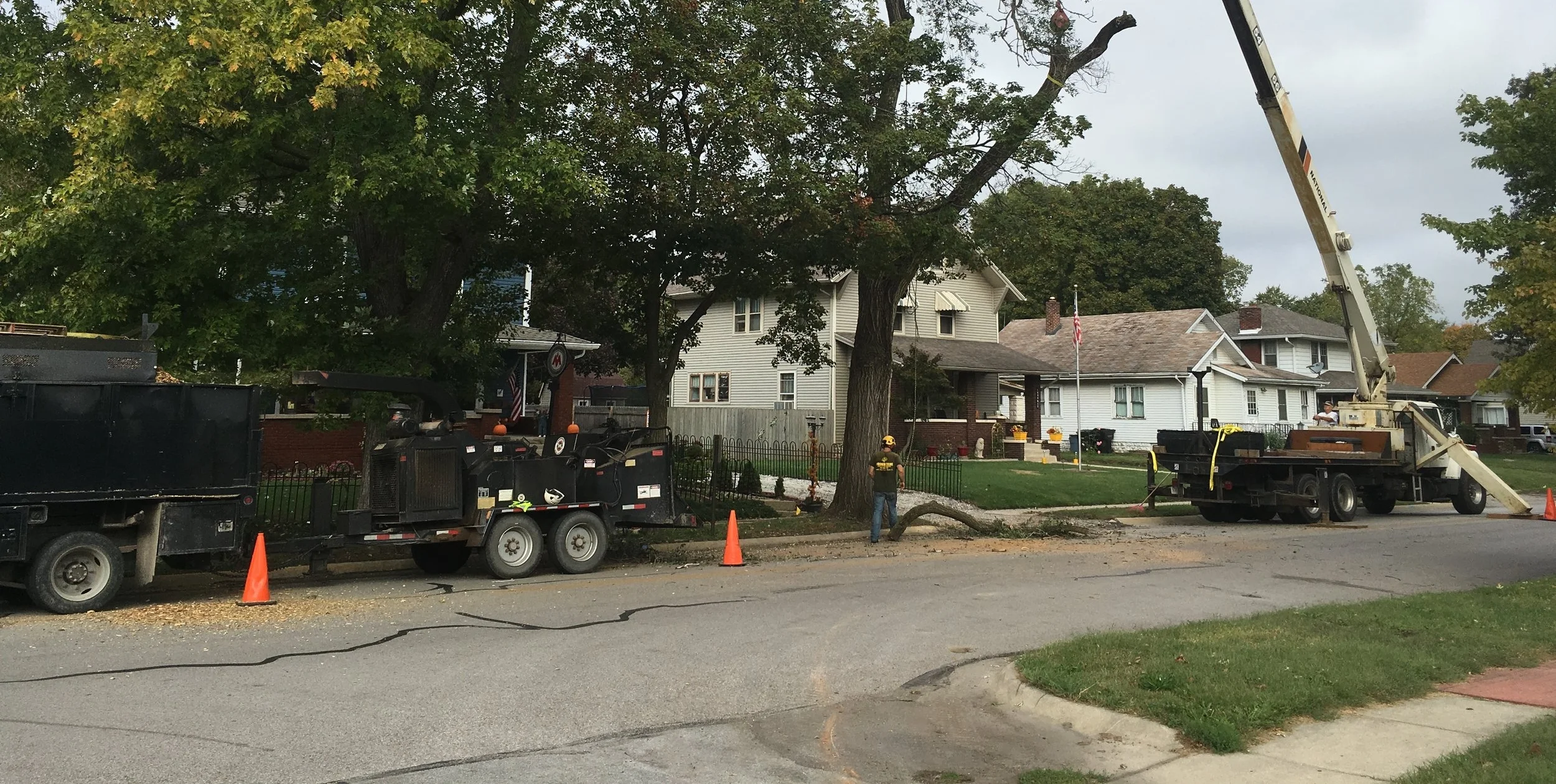What is a Tree Risk Assessment?
/An important part of owning a home is maintaining your property which includes your trees and landscape. Obviously, proper maintenance includes pruning and fertilizing of your trees, but one thing that homeowners don’t always think about is regularly assessing their trees for risk. “Trees provide many benefits for our homes, businesses and properties. If a tree is defective, however, it may become a hazard. It is important to understand that tree owners have a duty to inspect and maintain their trees.” (Purdue University)
“The primary responsibilities of the arborist are to assess the potential for tree failure, advise owners of the consequences of failure and recommend the proper measures to prevent and abate failures.” (Purdue University) When you request a Tree Risk Assessment by a professional arborist, here are some of the things they will be looking for during their assessment. (Purdue Extension -Forestry & Natural Resources)
Decay, cankers, cracks and other positive indicators of weakness in the roots, stems and branches.
Canopy size, shape and weight distribution. This is especially true in situations where a tree is exposed to windy conditions, is leaning or has a poor stem-to-canopy ratio.
Crown architecture. Poor branching and similar characteristics can create high-risk situations in strong winds and other weather conditions.
Plant health and vigor. This determines how a tree can overcome wounding or pest infestations.
“It is important to create a balance between the risk a tree may pose and the benefits provided by the tree. We don’t want to remove trees unnecessarily, but rather reduce the liability by identifying, analyzing and evaluating the problem.” (Purdue University) There are several ways to reduce the liability of possibly hazardous trees by regular assessments and maintenance. “An arborist familiar with tree risk assessment may suggest one or more of the following:” (TreeAreGood.org)
Remove the target
Prune the tree
Cable and brace the tree
Provide routine care
Remove the tree
Dormant season is a perfect time to have a professional arborist inspect your trees for possible liabilities because the branches are more visible without leaves. “The most important factor for any tree owner is know when to contact an ISA Certified Arborist who understands tree risk assessment. They can help with the decision making for the tree if there are concerns about its safety and health.” (Purdue Extension -Forestry & Natural Resources)
Browning Tree Service employs Joshua Browning ISA certified arborist license #KY-9849A who is a proud member of Indiana Arborist Association and International Society of Arboriculture, serving the West Lafayette and Lafayette, Indiana area!
Resources:
https://www.treesaregood.org/portals/0/docs/treecare/TreeRisk.pdf
https://www.purdue.edu/fnr/extension/how-to-identify-tree-defects-and-what-to-do-about-it/










